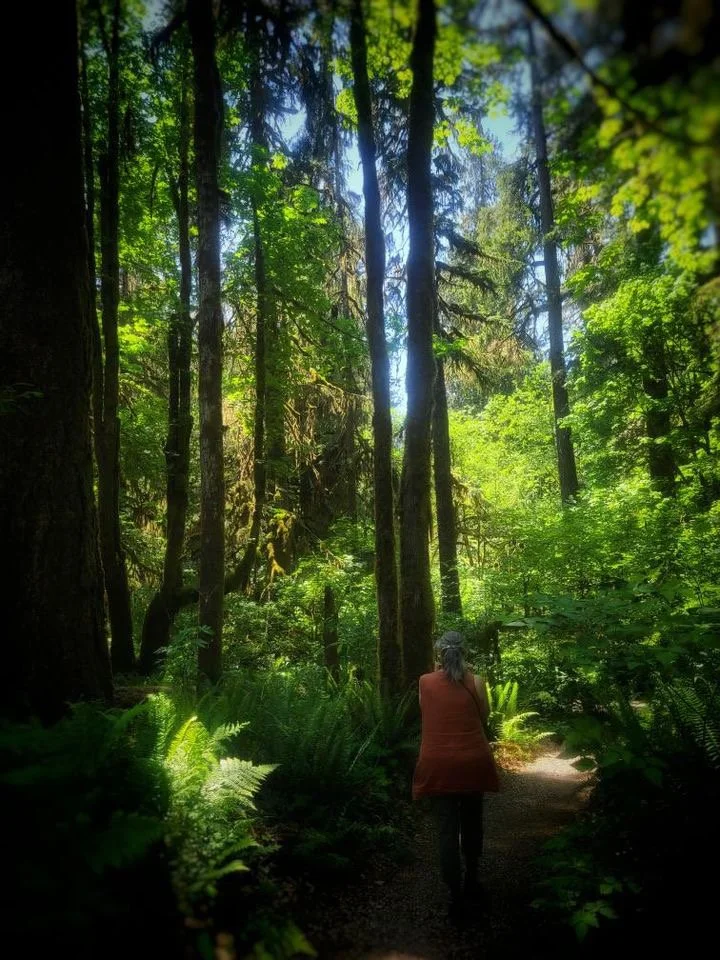Willow, Salix sp.
/Willow, Salix sp.
Salix is derived from the Celtic “Sal”, for “near” and “ix” for “water.” Water in itself is such a healing element- it is easy to see how Willow captures its grace, strength and flexibility just by watching it move with the flow of the surrounding water. Tree medicine in Willow is similar to the Alder, Cottonwood and Birch- all contain Salicin and all can be found near water, with the exception of the Birch which has a more widespread ecology.
When plants have a similar medicine- I look at how the plant moves and grows to help decide which is the best remedy for myself or client. The willow is graceful, flowing and somewhat feminine in structure while the Cottonwood reaches high above the willow along the shores. Cottonwood has a broad trunk and can live long and strong- but has weak limbs which fall to the ground in winter while willow stays lower than cottonwood and bends at will- with rarely a break.
These characteristics are observations that I use as practitioner to choose a remedy.
Willow harvest is still in full swing here in the PNW. Willow is one of the mainstay power house plants for pain. We harvest the bark for our pain salve, liniment and keep some on hand dry for compresses and hydrotherapy uses.
Willow has many different species and can have multiple species in your bio-region. All willows are medicinal, the strength depends on location & species. Here's a tip of the trade to find which willow is the best in your neighborhood.
Simply peel a bit of the bark and do a test test. A good willow species will have the familiar aspirin-like taste. Make certain you have the proper plant ID before tasting any wild plant but willow is an easy one to identify and is found along waterways.
Herbal Actions: Willow is anti-inflammatory, astringent, and a pain reliever. Specific actions include:
Strong astringent: It tightens tissues, aids tissue repair, stops internal bleeding.
It’s a general analgesic for arthritis and joint pain.
Soothes and cools fevers
Relieves heat and pain from swelling.
Harvesting: Best harvested in spring or late fall. Harvest young leaves and tips, outer bark, and flowers.
Materia medica:
Stem tips, leaf and bark may be blended in early spring, dried, extracted into oil for pain application, externally.
Outer bark stripped, dried use as decoction for pain and inflammation.
Flowers used to reduce excess libido, hampers sexual desire in men.
Botany: Identifying characteristics are alternate leaf pattern, soft “Furry” leaf and young stem, rough grayish bark easily removed. Leaves finely serrate (toothed) simple shaped, twigs brittle at stems. Salix hybridizes with other species easily. Flowers are upright along the stem in catkin like clusters, called aments. Male flowers are yellow turning to white. Multi branching, up to 15 feet, average.
Ecology: Willow is found in wet places: riversheds, lakeside, creeks, etc. Found along roadsides in the western part of Washington State in high precipitation regions. Branches reach across waters, providing shade and shelter for animals, fish, birds.
Taste/Energetics: Bitter, cooling
Constituents of note: tannins, salicylic acid (similar to aspirin)
Preparation: Willow can be prepared as a decoction, oil, or tincture.
Make a strong decoction and take up to 5 times a day for acute situations. (2-4 teaspoons dried in a pint of water, decoct 40 minutes)
Infuse into oil for external uses
tincture fresh 1:2, 100 proof vodka Dried 1:5 100 proof vodka, may be used externally as liniment.

